If you’ve ever looked in the mirror and noticed stains or yellowing on your teeth, then you know just how frustrating and disheartening it can be. A bright white smile is the key to a more confident and successful you, so it’s definitely in your best interest to keep your pearly whites nice and shiny!
Thankfully, there are plenty of teeth whitening options out there today, and all you have to do is decide which one is best for you.
That might seem like a tall order, considering the plethora of teeth whitening products on the market, but we’re here to help! It’s essential to take your time and make sure you’re 100% comfortable with whatever you’ve decided to use before you put it in your mouth.
After all, you only have one set of adult teeth, so taking care of them is a priority. At the end of the day, the only one who can decide what goes on your teeth is you, so don’t be afraid to look at all your options before you make a decision.

Most modern over-the-counter teeth whitening systems use small concentrations of hydrogen peroxide to bleach your teeth clean. At these very low concentrations, peroxide is considered to be perfectly safe for your teeth, and tons of people use these systems every day without any problems.
However, there’s always the risk of damaging your teeth, especially if you have thin or cracked enamel. It’s perfectly fine to be unsure about treating your teeth with chemicals. Lots of people these days are looking for more natural remedies for everything, including their skin, their hair, and, of course, their teeth!
If you’d rather take a more natural, traditional approach to whitening your teeth, that’s absolutely your right. Of course, just like with any remedy, you’re going to want to do some research to find out how effective these natural cures really are.
Lemon And Baking Soda Effects On The Teeth
Using lemon and baking soda to clean and whiten your teeth is one of the more commonly recommended cures out there today. Some people swear by it and say it’s great for everything from whitening teeth to clearing up acne!
Others insist that combining baking soda and lemon can actually damage both your teeth and your skin and warn not to use it. But what’s the truth?
In this article, we’ll explore some of the science behind using lemon and baking soda to clean your teeth and let you know if it really lives up to the hype or not.
As always, using any of the cures mentioned in an article online should never be a replacement for your standard dental hygiene. If you don’t keep brushing and flossing like you’re supposed to, then nothing is going to keep your teeth from getting yellow, no matter what you’re using to whiten them.
The American Dental Association recommends brushing your teeth twice a day, every single day, and flossing once per day to get those hard-to-reach places in between your teeth. They also recommend seeing your dentist once every six months or so for a professional cleaning so you can get rid of tartar and stains that are harder to brush away.
Remember that your dentist is here to help you, so don’t be afraid to ask them any questions you might have about whitening your teeth! They’re the experts after all, and nobody knows more about your teeth than they do.

Acids And Bases
The theoretical science behind cleaning your teeth with a mixture of baking soda and lemon is based on an understanding of how the pH scale works. You might remember the pH scale from school, but just in case, here’s a quick reminder. The scale ranges from 0 to 14, and it measures the concentration of hydrogen ions in any given substance.
Substances that land on the lower end of the scale are called acids, and the ones on the other end are called bases. Water, which is smack dab in the middle of the pH scale, is perfectly balanced and is neither an acid nor a base. Acids tend to be much more corrosive than bases and can be a real problem for your teeth.
Battery acid, for example, is a 0 on the pH scale, which means it’s about as acidic as you can get. You can probably imagine that pouring battery acid on your teeth isn’t exactly a great idea. On the other end of the scale is liquid drain cleaner at a 14. Baking soda has a pH level of 9, which means it’s mildly basic.
Meanwhile, Lemon juice has a pH level of 2, which means it’s fairly acidic. Proponents of baking soda and lemon juice for teeth whitening maintain that, as a base, the baking soda will neutralize the high acidity of the lemon juice.
It’s true that bases can neutralize acids, but is the baking soda enough to neutralize the highly acidic lemon juice? We’ll explore that in just a moment.

Whitening Your Teeth With Baking Soda
You may have heard people recommend brushing your teeth with baking soda by itself before. It’s actually one of the most commonly recommended remedies to whiten your teeth without using chemicals like hydrogen peroxide.
Baking soda is an abrasive, which means it can rub the stains off your teeth. The fact that it’s a base is also helpful because it helps create a more basic or alkaline environment in your mouth, which can help prevent the growth of harmful bacteria on your teeth. It might not cause your teeth to become whiter overnight, but if you use baking soda, you should see a whitening effect gradually over time.
The most commonly recommended application of baking soda involves mixing a little bit with some water and brushing your teeth with it once a day or so. This doesn’t mean that you shouldn’t keep brushing your teeth with toothpaste also, and some routines even mix baking soda with toothpaste safely.
Baking soda is meant to be an addition to your regular dental hygiene practices, not a replacement.
Many people turn to baking soda because of its mild basic properties. While its abrasive nature can polish away stains, it may also wear down enamel over time.
Understanding these trade-offs is essential for safe whitening. Dive into our detailed pros and cons of brushing with baking soda to learn more.
It’s also worth noting that there aren’t really any studies that suggest baking soda works to clean your teeth by itself. Most of the research that has been done has been on toothpaste with baking soda in it, although those studies are all pretty positive.
Multiple studies have shown that whitening toothpaste containing baking soda is more effective at cleaning yellow stains off your teeth, and the higher the concentration of baking soda, the whiter your teeth will be.
Other studies have suggested that baking soda also helps remove plaque from your teeth and that toothpaste containing baking soda cleans more plaque than regular toothpaste. If you’re going to brush your teeth with baking soda, however, you should try to keep it to no more than twice a week.
Because baking soda is an abrasive, it can cause damage to your enamel if you overdo it. The best plan is to brush your teeth twice a day with regular toothpaste or toothpaste containing baking soda and then use the baking soda and water mix once or twice a week. That will keep your teeth nice and clean without damaging your enamel.

Baking Soda And Lemon Together
So here’s the real question: is a mixture of baking soda and lemon together better at whitening your teeth than just baking soda alone? There are plenty of studies that back up the idea that baking soda cleans your teeth, but unfortunately, there aren’t any to suggest that lemon juice does the same. In fact, one study concluded that lemon juice actually eats away at the enamel on your teeth, making them more vulnerable to damage.
Once your enamel is gone, it can never come back, so you need to be really careful about what you use to brush your teeth. The theory that the basic qualities of baking soda will neutralize the acid in lemon juice also doesn’t have much by way of evidence supporting it.
Even if it does neutralize the acid, it would be very difficult to measure the correct ratio of acid to base when you’re creating a mixture at home. Ultimately, the science seems to conclude baking soda - yes, but baking soda and lemon juice - no. It is theoretically possible that this mixture could be used to clean and whiten your teeth, but the risk of causing damage to your enamel is just too high.
You’d probably be better off leaving the lemons in the kitchen and sticking to baking soda or other remedies.

Alternatives To Lemon And Baking Soda
If you’re still hoping to avoid the use of chemicals on your teeth, good news! There are many other alternatives out there that won’t damage your enamel like lemon juice will. For example, you could give oil pulling a try.
Invented in ancient India and still in use all over the world, oil pulling is a traditional cure for yellow teeth that won’t cause them any harm. It involves taking about a tablespoon of oil and swishing it around in your mouth for a couple of minutes before spitting it out. The ancient Indians mostly used sunflower or sesame oil, but really any oil could work.
Many people prefer to use coconut oil these days because it tastes a little better. The idea is that swishing the oil will wash your mouth clean of the bacteria that eat away at your enamel and cause yellow stains to appear on your teeth. The science behind it is a little inconclusive, but tons of people worldwide swear by it.
While there are no studies that show oil pulling can whiten your teeth, there are a couple that suggest it really can reduce the amount of harmful bacteria in your mouth, which is still a good thing.
Plus, unlike lemon juice, oil pulling is completely harmless and won’t cause any damage to your teeth, so there’s really no downside to trying it except a slightly higher oil bill.
Activated charcoal is another option for whitening your teeth the natural way. It’s a fine-ground black powder made from a variety of natural substances, including coconut shells, and slowly burned wood. Although there are no scientific studies to back this up, there are lots of people who believe activated charcoal can whiten your teeth, and a ton of products available that include it, like toothpaste and whitening systems.
You can also purchase activated charcoal as a powder and make your own paste with it, just like baking soda.
However, the ADA warns against activated charcoal because it’s abrasive enough to damage your enamel when you brush with it, so be careful; similar caution applies when considering any white vinegar teeth whitening method.

If you’ve tried all the natural remedies you can think of, and you’re still not seeing the results you want, then you can always give mainstream teeth whitening a try. You can visit this link to check some of them. Even though they use chemicals like hydrogen peroxide, teeth whitening systems like Snow are considered to be completely safe as long as you follow the instructions on the box.
Snow is based around a peroxide whitening gel that you paint onto your teeth with a special applicator wand. The peroxide bleaches your teeth, wiping away yellow stains without causing damage to your enamel.
Snow also includes a special LED activating light, which makes the gel even more powerful and effective at removing stains. If you have sensitive teeth and you’re worried about using peroxide on them, then Snow has you covered.
The Snow system also includes a desensitizing serum that protects you from any whitening pain while also making your teeth less sensitive in general. If you’re looking for a teeth whitening system that’s safe, easy, and effective, then Snow might be the choice for you.
No matter what you end up using to whiten your teeth, it’s important to consult with your dentist about it. They’re the experts after all, and they’re here to help you. If you’re ready to take the first step on your teeth whitening journey, there’s no better time than right now! Take the first step towards the smile you’ve always wanted today.

















































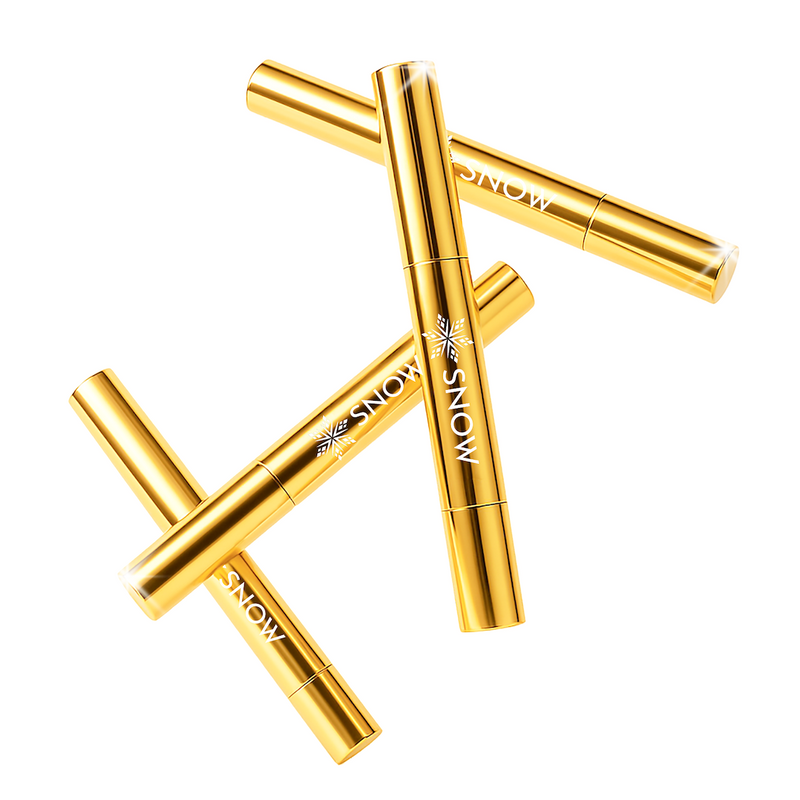

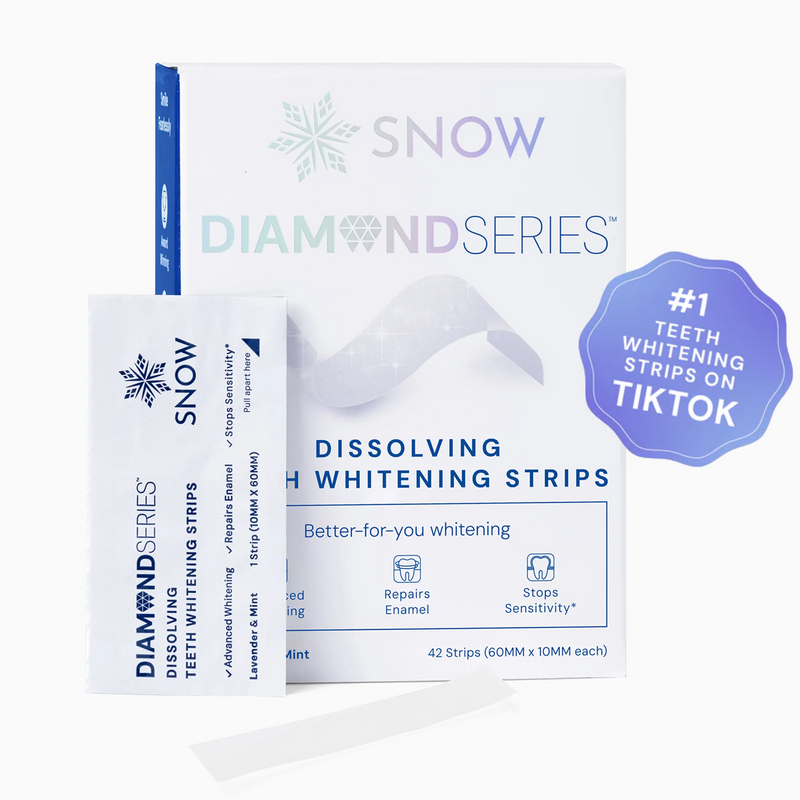
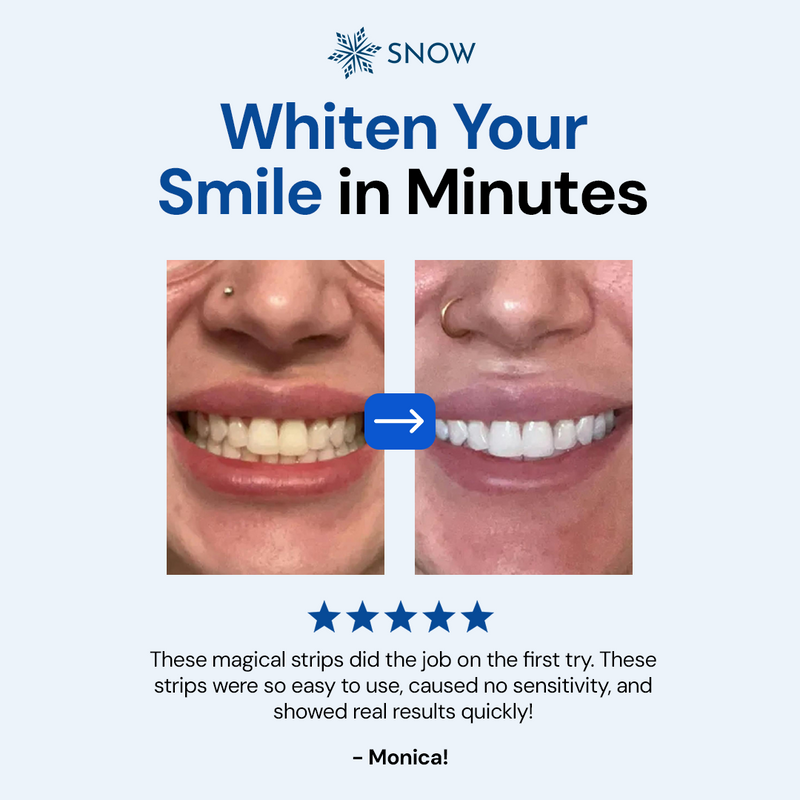
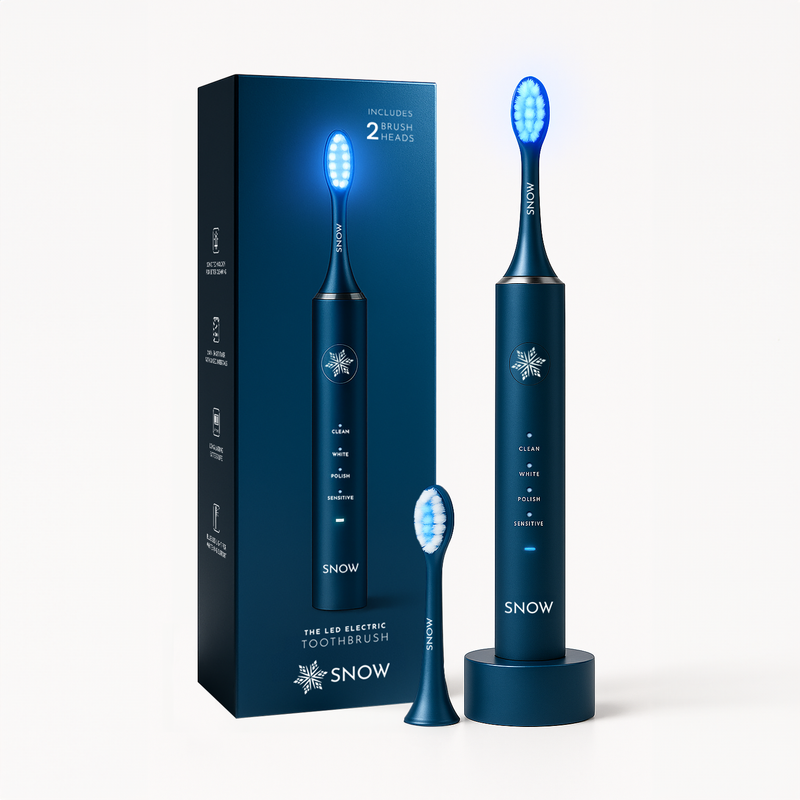

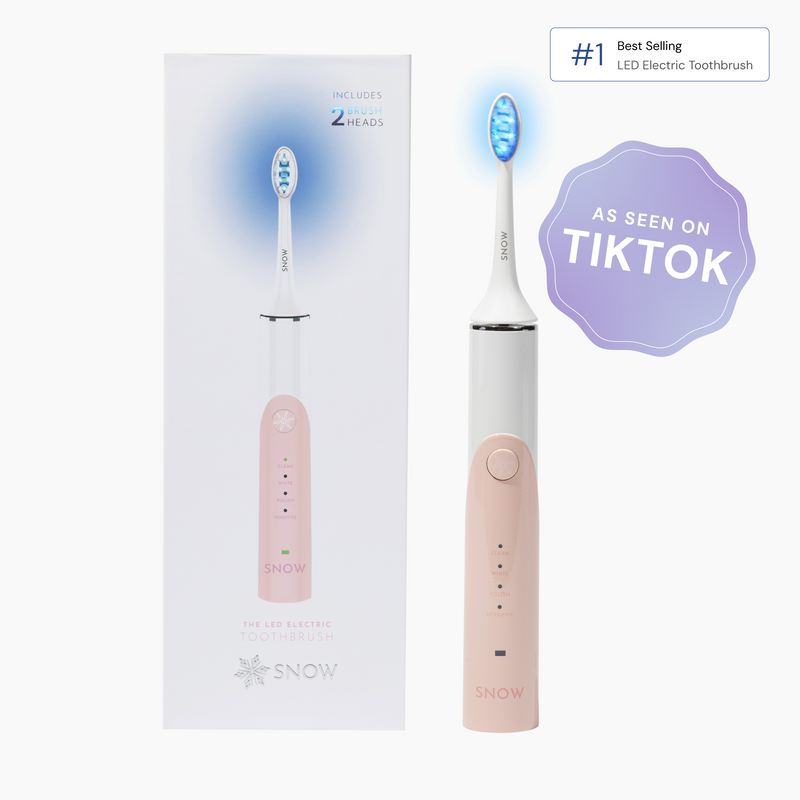




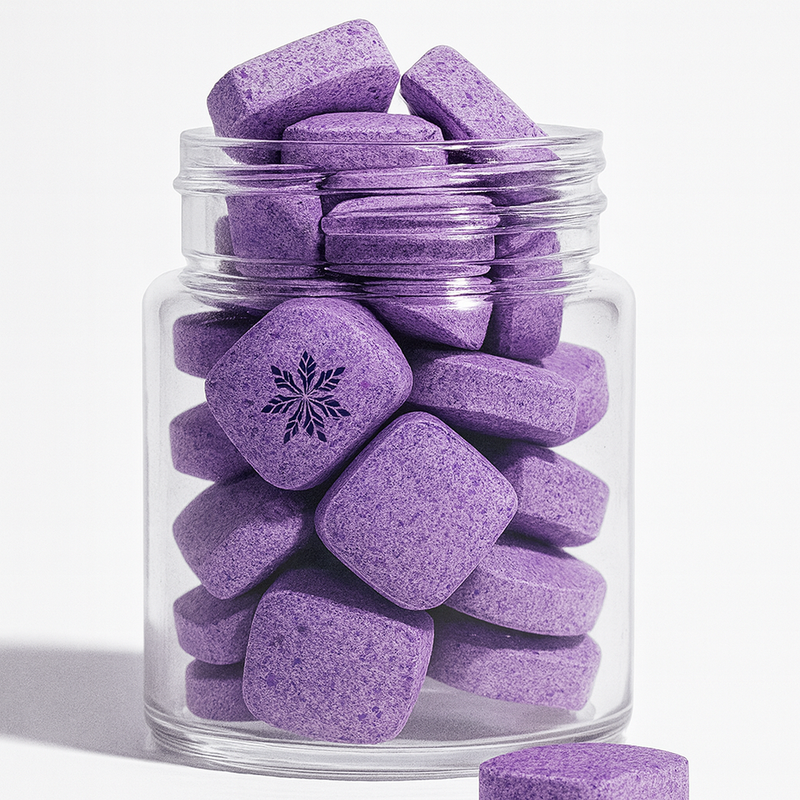
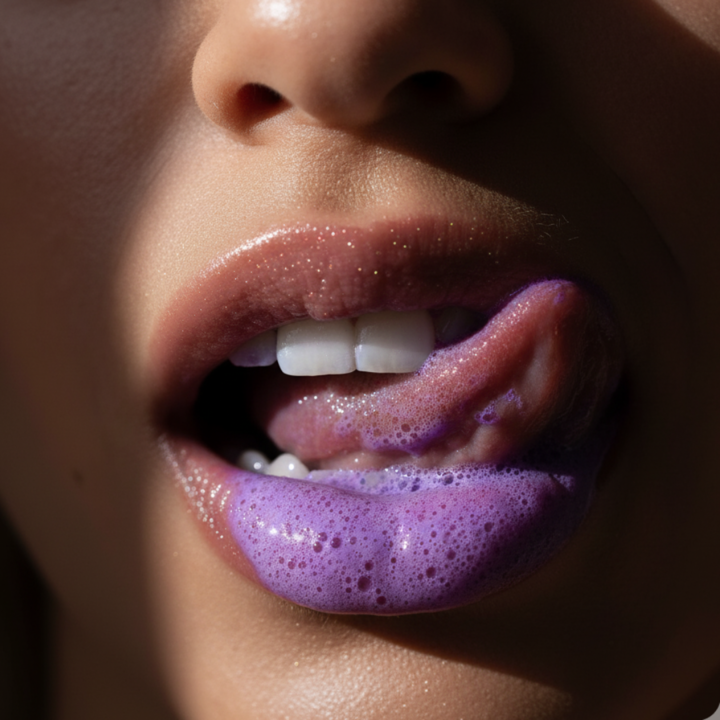



![Is It Safe to Use Whitening Toothpaste Everyday? [The Real Answer]](http://snow-teeth-whitening.myshopify.com/cdn/shop/articles/is_it_safe_to_use_whitening_toothpaste_everyday.png?v=1759931228)


